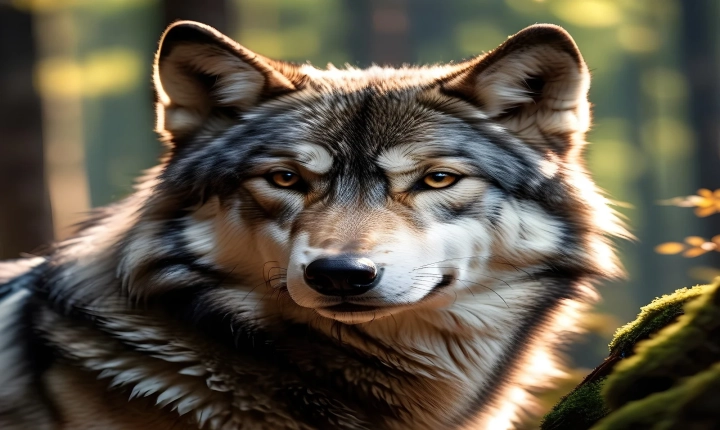“Protecting Your Art: How to Prevent AI from Using Your Work Without Permission”
Artists strive to express their creativity through various mediums, including visual arts, music, and literature. However, with the rise of artificial intelligence (AI) technology, the risk of unauthorized use of their work has become a growing concern. AI has the capability to generate, manipulate, and even replicate art, raising questions about intellectual property rights and the need to protect artistic expression. So, how can artists safeguard their creations and prevent AI from using their art without permission? Here are some important considerations and strategies to address this critical issue.
Understanding the Risks:
Artificial intelligence, particularly in the form of generative adversarial networks (GANs) and deep learning algorithms, has the potential to create art that closely mimics the style and characteristics of human artists. This poses a dual threat to artists: first, there’s the risk of direct plagiarism, where AI-generated works resemble their original creations, and second, there’s the potential for AI to repurpose and manipulate existing art without consent. Both scenarios undermine the value and integrity of an artist’s work, leading to financial loss and a breach of creative control.
The Legal Framework:
Artists should familiarize themselves with copyright laws and intellectual property regulations that govern their work. Copyright provides creators with the exclusive rights to reproduce, distribute, and display their art. By registering their work with the relevant authorities, artists can establish a legal foundation for protecting their art from unauthorized use, including by AI systems. In addition, considering emerging challenges posed by AI, it may be crucial for lawmakers and policymakers to update existing laws to address these modern concerns.
Watermarking and Encryption:
Implementing digital watermarks and encrypted metadata into art files can deter AI systems from using or altering the work without proper authorization. Watermarks serve as a form of visual identification that can be embedded directly into the artwork, making it difficult for AI to manipulate or generate replicas without retaining the mark. Similarly, encryption of metadata within art files can help track and monitor unauthorized uses, providing artists with a means to prove ownership in case of infringement.
Licensing and Usage Agreements:
Artists can establish clear licensing terms and usage agreements to specify how their art may be used, especially in digital and online contexts. By creating well-defined terms of use, artists can control how, when, and where their art is displayed or reproduced. These agreements can specify restrictions on AI-generated art derived from the original work, thereby protecting the artist’s control over the integrity of their creations.
Technology and Monitoring Tools:
Advancements in digital recognition technologies can aid artists in monitoring the use of their art across various online platforms. AI-powered tools can help track and identify instances where unauthorized usage or reproduction of art occurs, providing artists with the means to enforce their rights and take appropriate action against infringement.
Collaboration with AI Developers:
Artists can engage with AI developers and researchers to explore collaborative efforts in protecting and respecting creative rights. By fostering dialogue and promoting ethical practices, the integration of artist perspectives in AI development can help establish guidelines and standards for responsible use of AI in the context of art creation and dissemination.
In conclusion, the proliferation of AI presents both opportunities and challenges for artists in safeguarding their creative works. Through a combination of legal awareness, technological tools, and proactive engagement, artists can take steps to protect their art from unauthorized use by AI systems. By advocating for the ethical use of AI in the artistic domain and implementing practical safeguards, artists can uphold the integrity and value of their art in the digital age.
